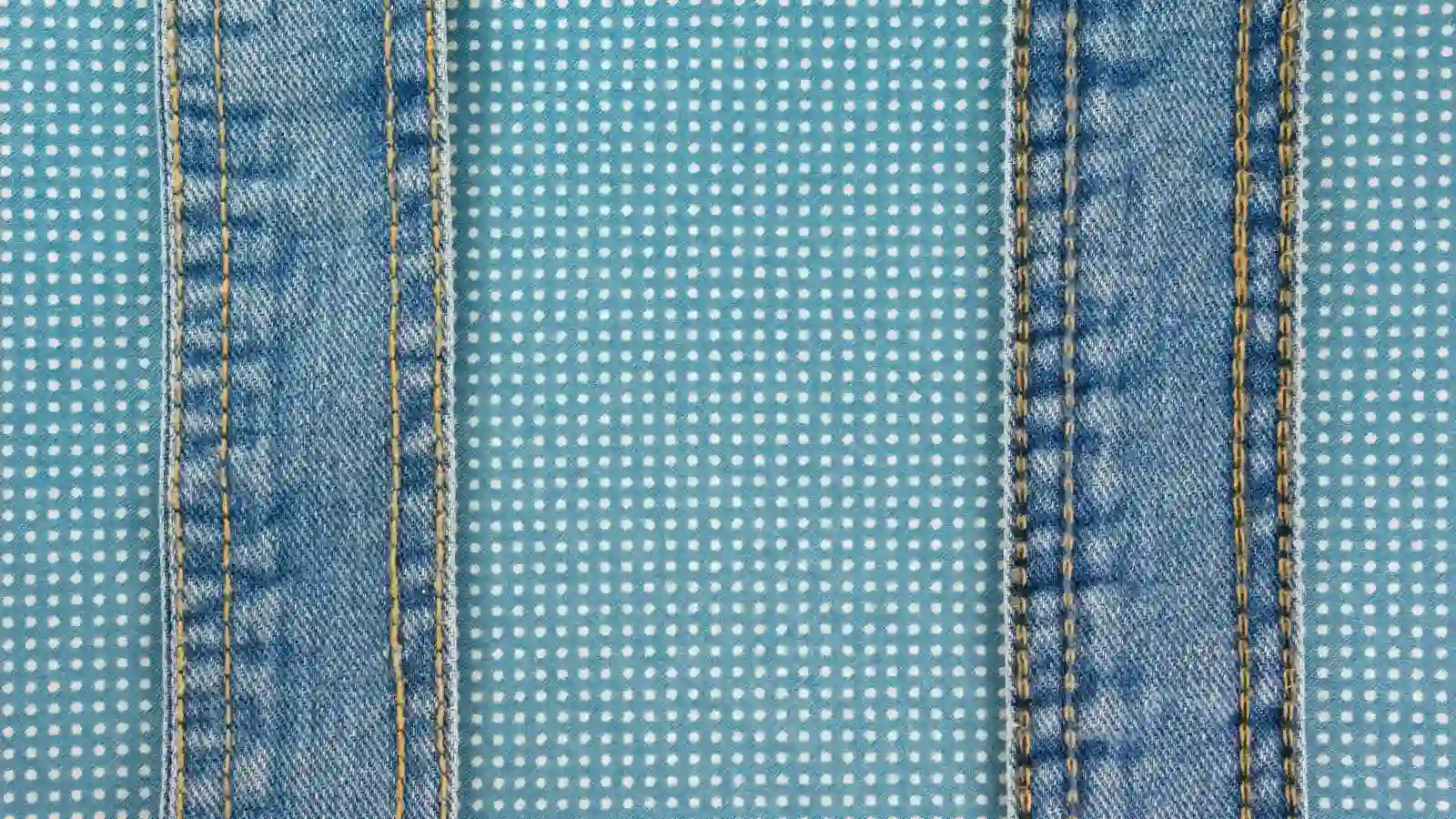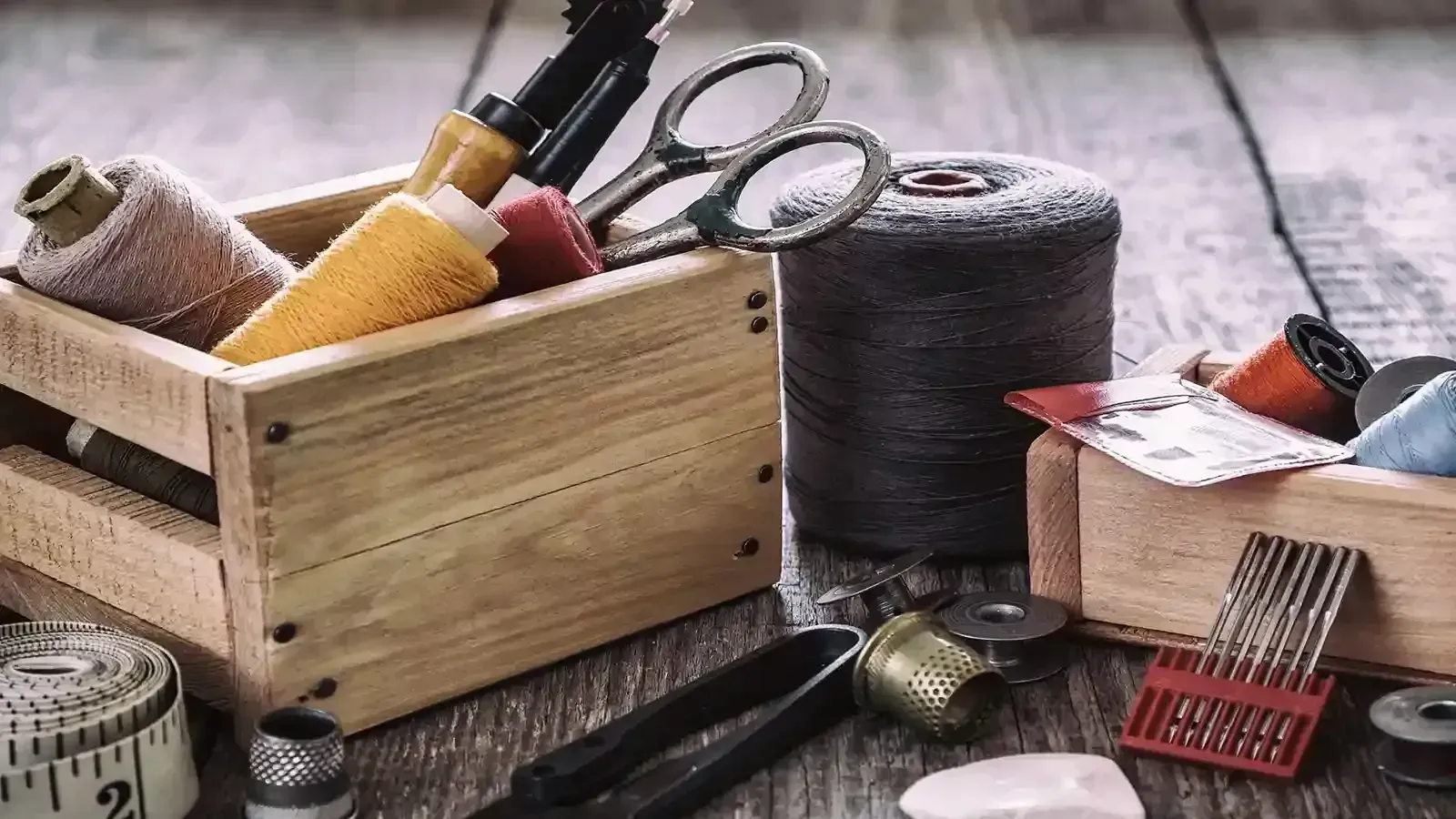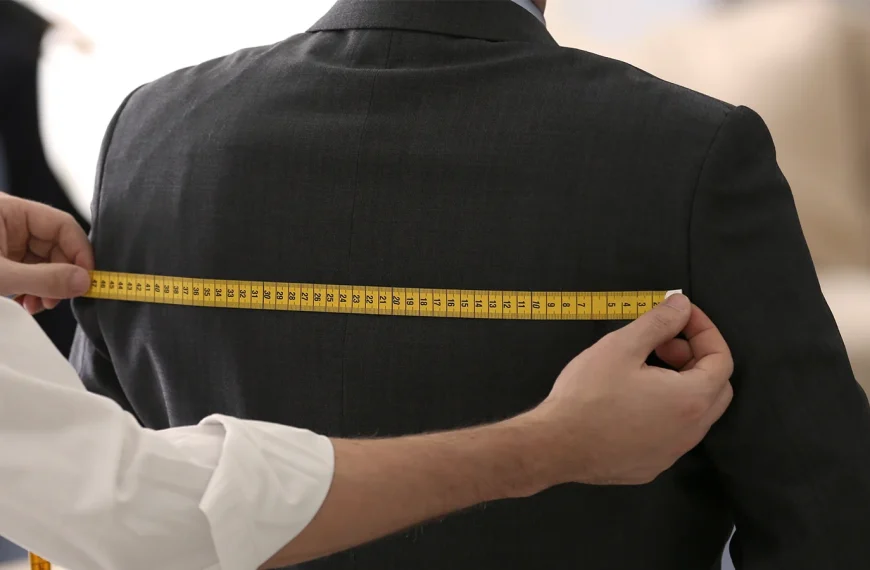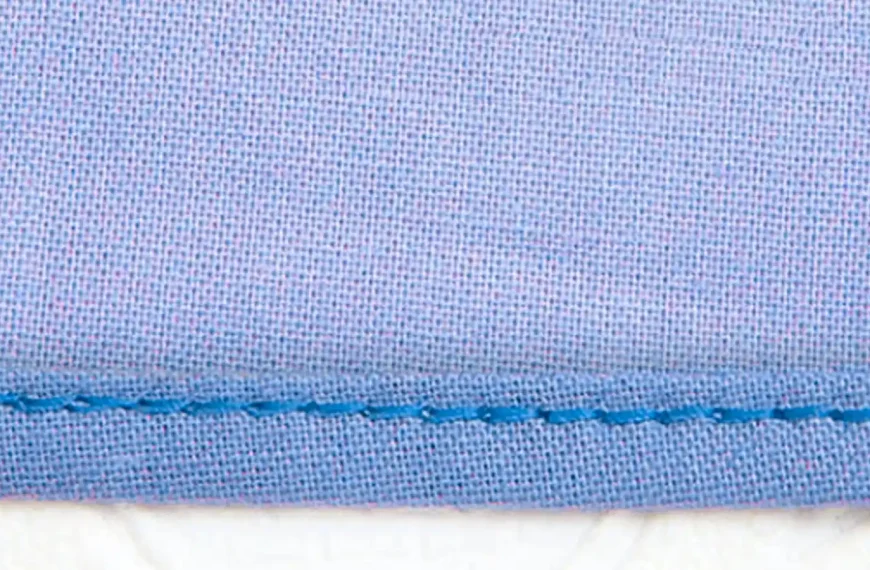Starting out in sewing can seem a bit daunting, but don’t fret. I’m here to help you navigate through this thread-filled labyrinth. From choosing the right fabric to mastering the art of the stitch, we’ll cover it all. But what’s the secret behind those straight, clean stitches, and how can you avoid thread bunching up under your fabric? Well, for those tips and more, I suggest you stick around.
Key Takeaways
-
Detect your sewing machine thoroughly, including its parts and maintenance, for optimal performance.
-
Choose beginner-friendly fabrics and ensure they align with your project’s needs.
-
Start with easy projects to develop sewing skills.
-
Accepting mistakes as lessons, seeking guidance when needed and enjoying the sewing process.
Sewing Tips for Beginners Before Starting

Before you start your sewing journey, there are a few key things you’ll need to know. First, ensure you’ve got the basic sewing tools and choose your fabric wisely to suit your project. Carefully read and understand the sewing instructions and pattern symbols.
Get Basic Sewing Tools
To ensure a smooth start to your sewing journey, it’s important to familiarize yourself with basic sewing tools. Sharp sewing scissors and needles are the basic tools for your sewing project. Sewing pins are a must-have as they secure your fabric in place while working. A pin cushion, on the other hand, keeps your pins organized and within reach. Understanding thread weight is crucial too, as it helps you choose the right thread for your project. These basics will set you up for success in your new craft.
Choose the Suitable Fabric
Choosing the right fabric for your first sewing project can significantly affect your overall experience and the end result. One of the essential sewing tips for beginners is to consider the fabric weight and fabric drape. A heavier fabric may provide structure, but a lighter one will drape better. Your choice should align with your project’s needs.
Beginner-friendly fabrics like cotton or flannel are ideal for starters due to their ease of handling. You might want to avoid slippery or stretchy materials initially.
Lastly, pay attention to the fabric print scale. A large print may overwhelm a small project, while a tiny print might disappear on a larger piece. Choosing wisely will ensure your project turns out just as you envisioned.
Read the Instructions Before Sewing
Diving headfirst into a sewing project without thoroughly reading the instructions can lead to unnecessary mistakes and frustrations. Before you start sewing, it’s important to take the time to understand the steps involved.
These instructions provide important information on fabric selection, cutting layouts, and essential sewing techniques. So, before you start sewing, make sure you’ve read and understood what’s required. This not only saves you time but also prevents frustration. It’s about being prepared and planning your sewing process.
Following instructions can enhance your confidence and help improve your sewing skills.
Understand Pattern Symbols
Mastery of pattern symbols is crucial for successful sewing projects. They give detailed project instructions using shapes such as circles, squares, and triangles. Understanding these symbols can decrease the room for error. When threading your sewing machine, keep in mind that these symbols are important for your success. Take the time to study them, and soon, you’ll be tackling more complex projects with confidence. With practice and understanding, you’ll be creating beautiful pieces in no time.
Tips for Using Your Sewing Machine

Getting to know your sewing machine is an essential step. Understand its parts and learn how to thread them to ensure smooth operation. Regular maintenance can’t be overlooked, as it’s crucial for the machine’s optimal performance.
Be Familiar with your Sewing Machine
Understanding your sewing machine is a crucial step in your sewing journey. It involves learning about its basic parts, such as the presser foot, sewing machine needle and bobbin. It’s important to know how to adjust stitch length and create a buttonhole. You also need to understand your machine’s tension settings.
Each machine has unique settings, so don’t neglect your sewing machine manual. It’ll serve as your go-to guide for troubleshooting and learning your machine’s features. Know your machine well to avoid common problems like uneven stitches or thread jams.
Learn to Thread your Machine
Once you know the basics of your sewing machine, it’s time to learn how to thread it. This plays a significant role in the quality of your stitches. Always consult your sewing machine’s manual for specific threading instructions.
Before you begin threading, ensure the presser foot is raised to avoid tension issues. Follow the numbered guides or color-coded paths on your machine for efficient threading. It’s critical to seat the thread correctly in the tension discs, and keep an eye out for obstructions or lint that can disrupt the thread flow. After threading, test the thread on a scrap piece of fabric to ensure smooth flow and proper stitching.
Maintain your Machine Properly
It’s important to clean your sewing machine regularly. Remove lint and dust and change the needle after each project to keep it running well. This part of sewing machine maintenance is often overlooked, but it’s vital for consistent performance.
While cleaning, pay attention to the moving parts and apply oil as per the instructions in your machine’s manual. Oiling prevents friction, ensuring your machine works without hitches.
When you’re not using the machine, cover it to protect it from dust. If you encounter issues like tension problems or jammed thread, don’t panic. Troubleshooting these common problems is a part of the learning curve. With proper maintenance, your machine will serve you well for years.
Common Sewing Techniques

A straight stitch is the most basic and commonly used stitch. It is essential for any sewing project. It’s the backbone of your piece and, when done correctly, creates sturdy and neat seams. After sewing the seam, remember to iron it. It is important to secure the stitches and give your project a neat and professional look.
Use a Straight Stitch
Let’s start by talking about the straight stitch. It’s a simple and commonly used sewing technique for joining pieces of fabric together securely. This stitch is created through the up-and-down motion of your needle, right above the needle plate.
Here are a few tips to guide you:
-
Adjust the stitch length on your machine for control.
-
Use the correct needle for your fabric.
-
Practice sewing straight lines on scrap fabric.
-
Always ensure your fabric is moving forward.
-
Use the right thread for your project.
Press the Seam
It’s crucial to learn about pressing the seam. This technique is key in sewing and will give your project a neat, professional look.
This practice helps set your stitches and reduces bulk, allowing for smoother stitching. Grab your iron, and set it to the appropriate heat for your fabric. Start by pressing the seams open; this gives your work a neat, polished look. If possible, press the seams to one side, enhancing the overall appearance of your project.
Properly pressed seams not only improve the look but also add to the longevity of your garment. Remember, pressing isn’t just about aesthetics; it’s an integral part of professional finish.
Other Tips for Learning to Sew

It is advantageous to begin with fabric scraps before moving on to actual projects. Don’t shy away from starting with easy projects or making mistakes. Keep your sewing room organized, be patient with your progress, and remember to have fun along the way.
Practice with Fabric Scraps First
Practice sewing on fabric scraps before starting your first sewing project. This will help you learn basic stitches and how stitch length and tension affect the outcome. Set up a space in your sewing room, gather some scrap fabric, and grab your sewing scissors. Start with straight stitches, focusing on maintaining a consistent seam allowance.
Here’s how you can practice with fabric scraps:
-
Experiment with different stitch lengths and tensions.
-
Try sewing simple shapes like squares and rectangles.
-
Work on sewing curves and corners for precision.
-
Practice different seam finishes like zigzag stitching.
Start with Easy Projects
Start with simple projects like pillowcases, tote bags, or scrunchies. It’s one of the top sewing tips, especially for those learning to sew. Initially, focus on sewing on cotton, which is a forgiving fabric for beginners. A tutorial would be a great help. It provides step-by-step instructions for basic sewing projects.
As you get more comfortable, don’t be afraid to experiment with different techniques and materials. Remember, practice makes perfect. So, keep sewing, keep learning, and most importantly, enjoy the process.
Organize your Sewing Room
An organized sewing room makes sewing easier and helps you learn better. As you begin, you’ll find that organization is key to enjoying and mastering this craft.
Consider these tips for a well-organized workspace:
-
Use storage bins and shelves to keep your sewing supplies in order.
-
Label your storage containers for easy access.
-
Set up a comfortable sewing area with good lighting to reduce eye strain and increase precision.
-
Hang frequently used tools like scissors and rulers on a pegboard for quick accessibility.
-
Organize your fabric scraps systematically, making future projects easier to start.
With these steps, your sewing room will become a productive, enjoyable space to create.
Don’t be Afraid to Make Mistakes
When learning to sew, don’t worry about mistakes. They are important for learning and improving your skills. It’s normal to make mistakes, especially when you’re starting out. Instead of letting these discourage you, use them as stepping stones to become better. Refer to online tutorials when stuck; they’re a wealth of knowledge.
Be Patient and Have Fun
When learning to sew, remember that patience is necessary to overcome challenges and mistakes. As you start sewing, take the time to enjoy the process. It’s not just about the end result, but the journey you take to get there. Here are some tips to keep in mind:
-
Take it slow and practice regularly. Regular practice will help you improve your skills.
-
Don’t rush. Quality takes time.
-
Enjoy the process. Find joy in each stitch.
-
Don’t hesitate to seek guidance when necessary. Don’t be afraid to ask for help.
-
Take some time to acknowledge and honor your progress. Each step you take brings you closer to your goal.
Conclusion
Sewing might seem intimidating at first, but with patience and practice, it’ll soon become second nature.
Remember, every stitch is a step towards mastery. Keep experimenting with different fabrics, techniques, and patterns. Don’t be afraid to make mistakes; they’re just learning opportunities in disguise.
So keep your sewing kit handy and your creativity flowing. You’re on your way to becoming a skilled seamstress.
Learn more sewing tips on Longan Craft Blog! Dive into the fabric world with Longancraft!






